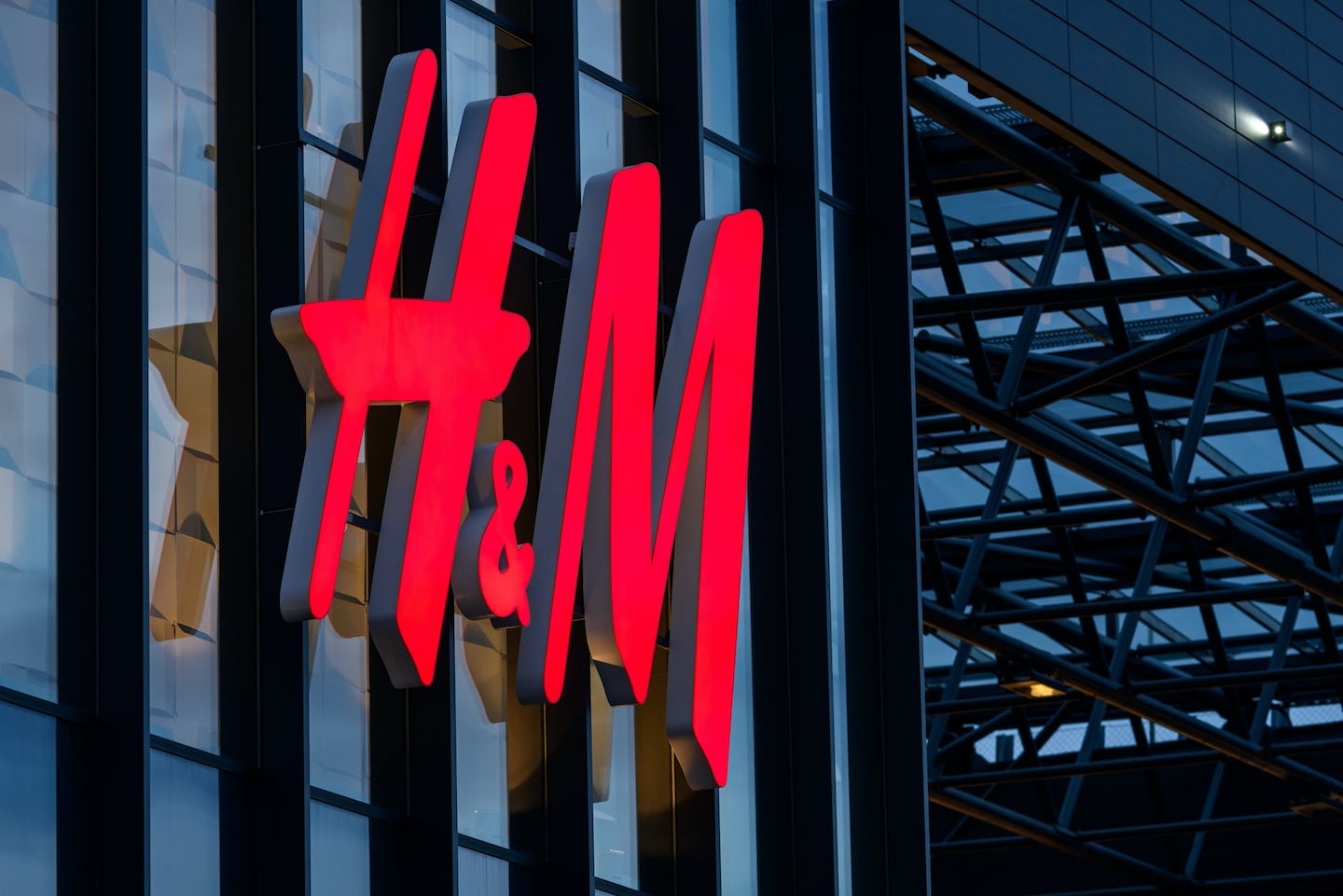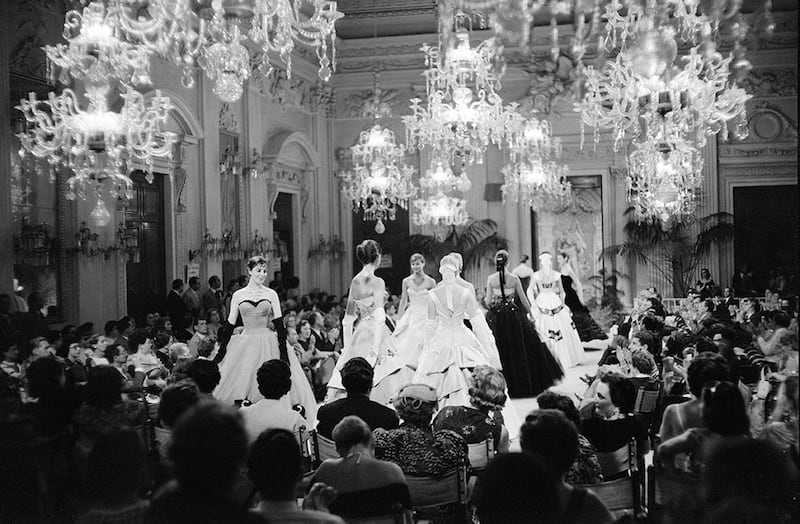
The Business of Fashion
Agenda-setting intelligence, analysis and advice for the global fashion community.

Agenda-setting intelligence, analysis and advice for the global fashion community.

STOCKHOLM, Sweden — That pile of unsold clothes at Hennes & Mauritz AB just keeps on growing.
The retailer said its inventory level reached $4.4 billion on May 31, up from $3.9 billion a year ago.
But look past all those unwanted off-the-shoulder dresses and denim cut-offs, and the drop in pre-tax profit, which reflected the strength of the US dollar and investments in stores and online. H&M is finally showing signs of going in the right direction.
Firstly, that inventory pile is becoming more manageable. It was 18.3 percent of sales at the end of the second quarter, compared with 18.6 percent at the end of the first quarter. In fact, H&M said that the reduced need to discount to offload excess stock should add 1.5 percentage point to its gross margin in the third quarter.
ADVERTISEMENT
Secondly, the changes that H&M is making, such as upgrading its namesake chain to be more like its Arket and & Other Stories outlets, appear to be chiming with customers.
The company said it expected local currency sales this month to be 12 percent higher than a year ago. That sent the shares up about 10 percent.
But there are challenges. Investors are at risk of getting ahead of themselves.
It must sustain the recent increase in demand. That may be possible if the current heatwave continues, but it is not guaranteed.
Analysts at RBC also point out that sales may be have been flattered by comparisons with the year-earlier period, when the company suffered from disruption as it implemented a new logistics system.
The company also faces risks from the foreign exchange environment, given that its current stock was purchased when the US dollar was stronger. H&M is more at risk from the currency escalating than rival Inditex, because it sources more of its products from Asia.
And the competitive landscape is not getting any easier. Associated British Foods Plc’s Primark is continuing to expand across Europe and the US and when it does so, it is opening ever more sophisticated stores.
H&M’s shares are up 25 percent so far this year, and trade on a forward price earnings multiple close to that of Inditex.
ADVERTISEMENT
As I have argued, H&M is doing all the right things. Investment in its emerging brands is necessary to expand the top line, while the group is also now giving more attention to its core chain, which is squeezed between Primark at the low end, and Zara at the more premium level.
There is also always the possibility of a buyout lurking in the background, given that chairman Stefan Persson and his family own about half of the shares.
Sales growth must be sustained, and inventory shrunk substantially to demonstrate that H&M is finally out of the fashion wilderness.
By Andrea Felsted; editor: Jennifer Ryan.
This column does not necessarily reflect the opinion of Bloomberg LP and its owners. The views expressed in Op-Ed pieces are those of the author and do not necessarily reflect the views of The Business of Fashion.

In 2020, like many companies, the $50 billion yoga apparel brand created a new department to improve internal diversity and inclusion, and to create a more equitable playing field for minorities. In interviews with BoF, 14 current and former employees said things only got worse.
For fashion’s private market investors, deal-making may provide less-than-ideal returns and raise questions about the long-term value creation opportunities across parts of the fashion industry, reports The State of Fashion 2024.
A blockbuster public listing should clear the way for other brands to try their luck. That, plus LVMH results and what else to watch for in the coming week.
L Catterton, the private-equity firm with close ties to LVMH and Bernard Arnault that’s preparing to take Birkenstock public, has become an investment giant in the consumer-goods space, with stakes in companies selling everything from fashion to pet food to tacos.